1. Overbuilding for Your Neighborhood
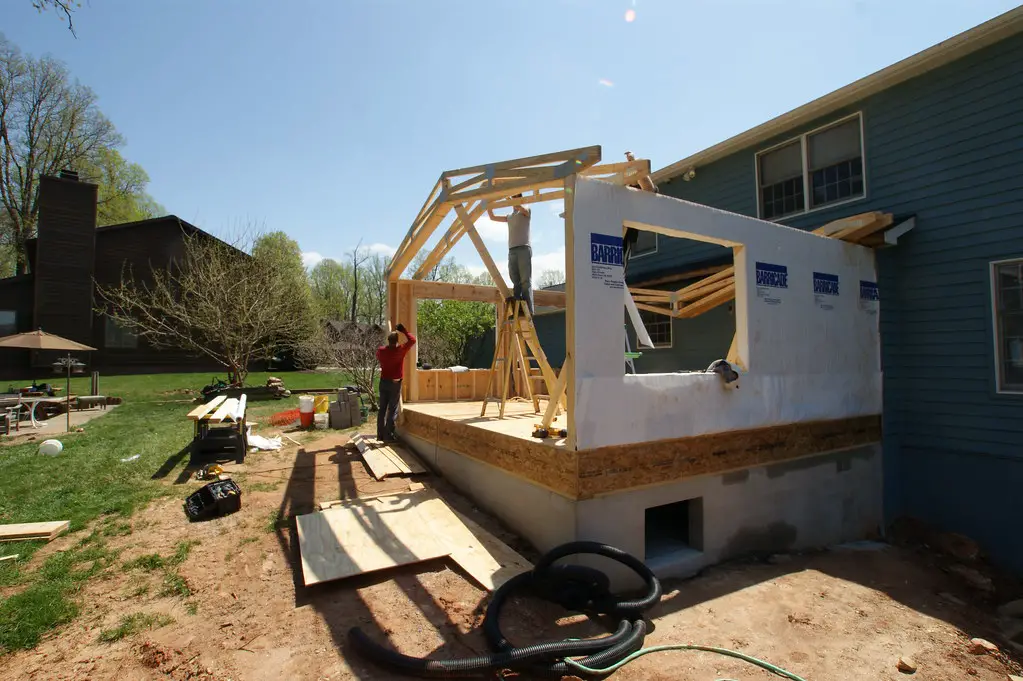
Renovating your home to be much larger or more luxurious than neighboring properties can be a costly mistake. While your house might be impressive, the resale value will be limited by the surrounding area, and you might struggle to find buyers who are willing to pay for a home that doesn’t match the local market.
2. Over-Personalizing with Bold Colors
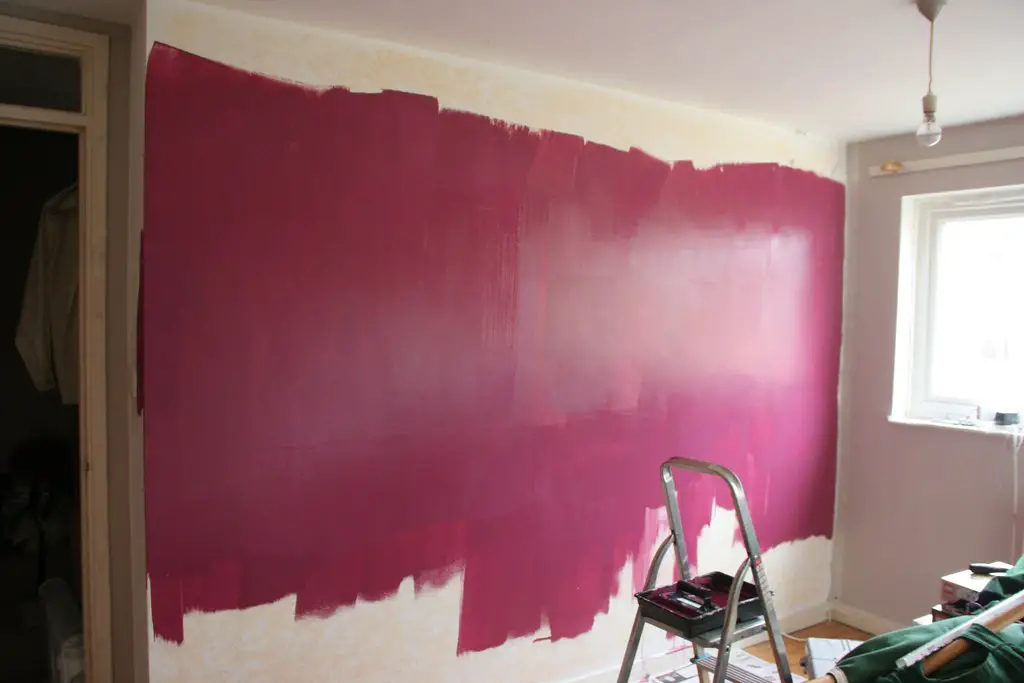
While bold color choices can be exciting, using them excessively throughout your home can turn off potential buyers. Bright, personal colors might not appeal to everyone, and you’ll likely have to repaint the space in neutral tones before selling to make it more marketable.
3. Installing Fancy Wallpaper in All Rooms
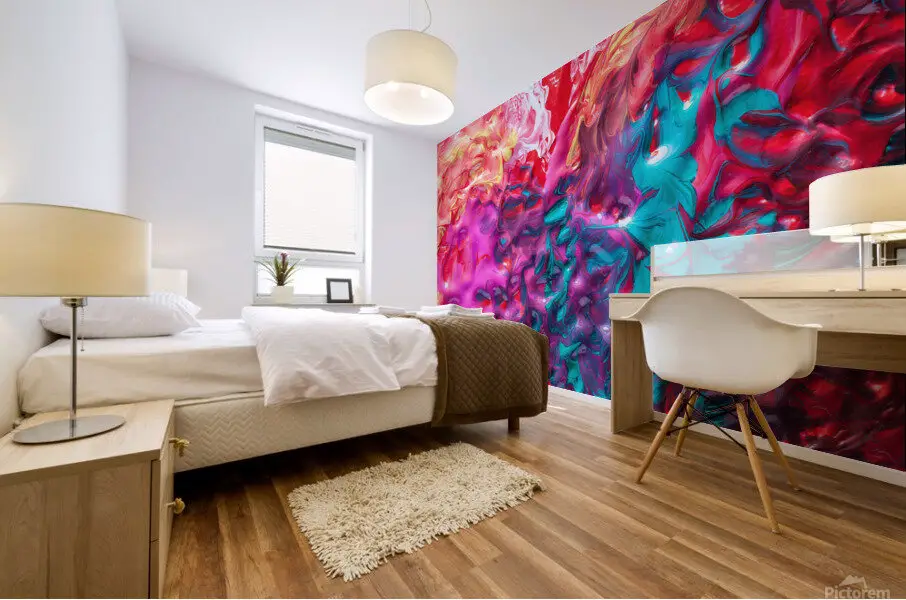
Wallpaper can be a fun design feature, but putting it up in every room can be overwhelming and difficult to remove. Bold wallpaper might seem like a personal style choice, but future buyers might not share the same taste and may see it as an added project to deal with.
4. Removing All Character from a Historic Home
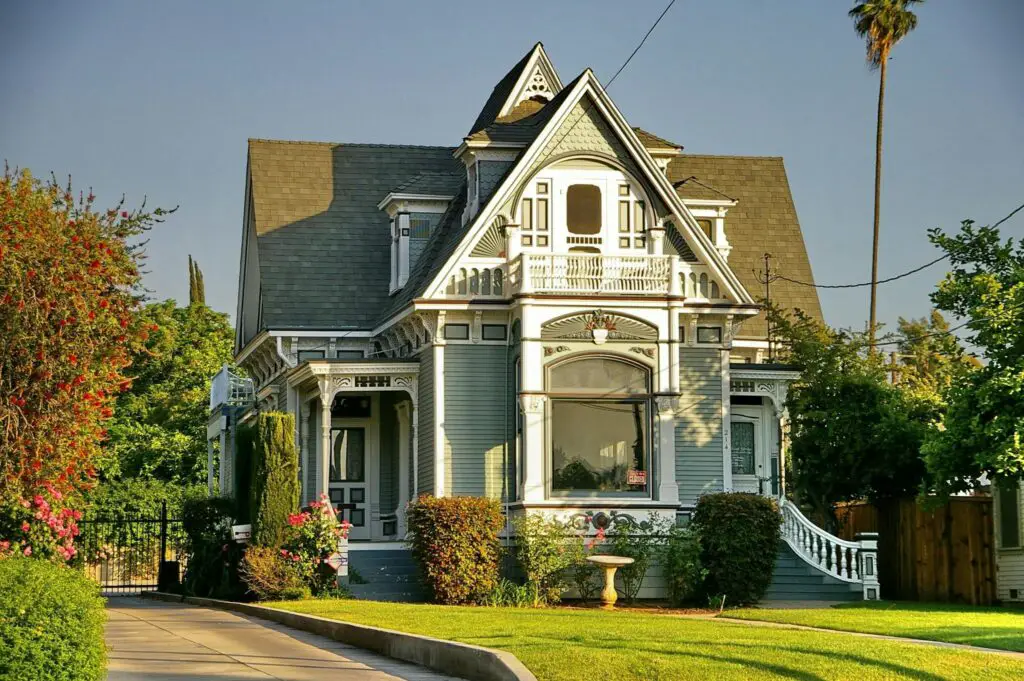
Many homeowners make the mistake of trying to modernize a historic home by removing original features like wood paneling, moldings, or fireplaces. While it’s important to make a space livable, stripping away the home’s character can result in a loss of charm that might hurt the home’s appeal.
5. Converting a Bedroom into a Walk-In Closet

While adding closet space can be a practical update, converting a bedroom into a walk-in closet may reduce the overall value of your home. Bedrooms are one of the most sought-after features for buyers, and eliminating one can limit your property’s appeal, especially for families.
6. Adding a Pool in an Area with a Cold Climate
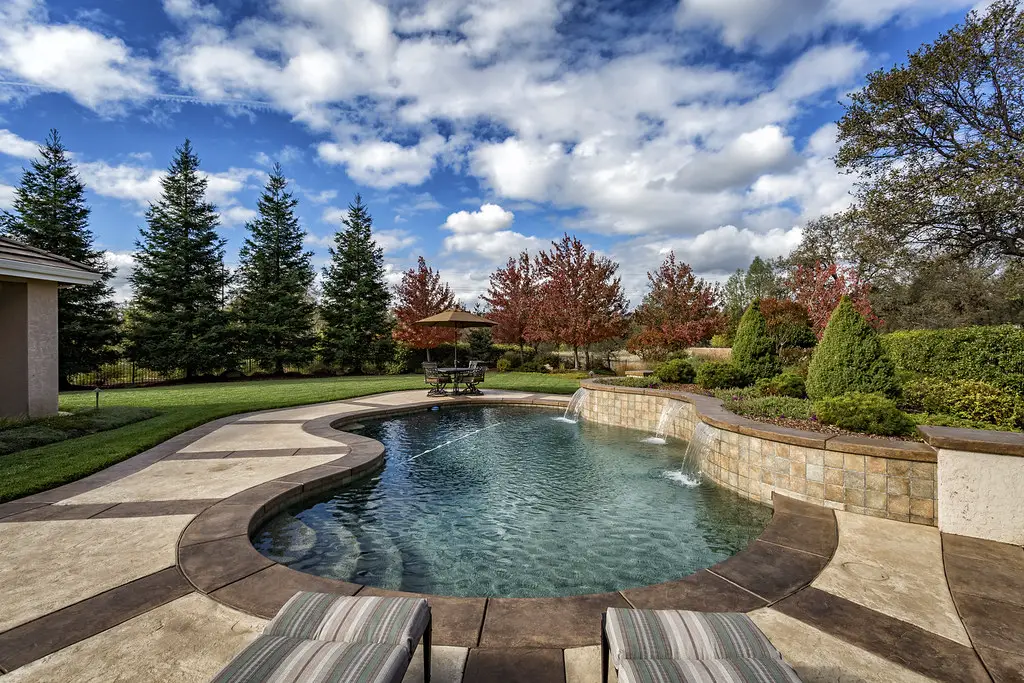
A pool can be a fantastic addition to a home, but if you live in an area with harsh winters, it may not be the best investment. A pool may be unusable for much of the year, and maintaining it in a cold climate can be expensive and time-consuming.
7. Expensive Bathroom Upgrades in a Small Home
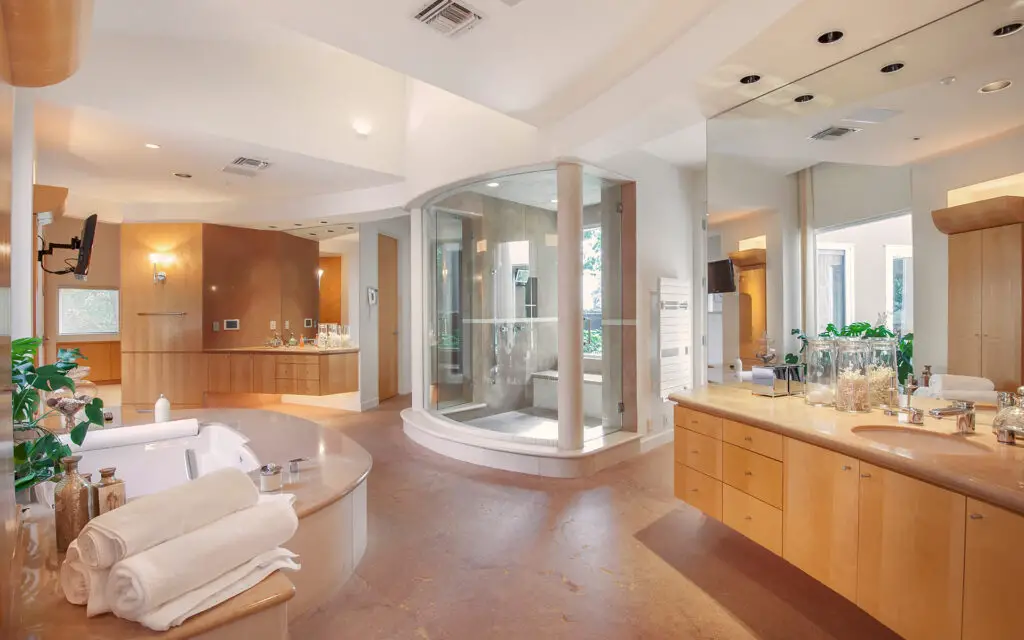
Upgrading a bathroom with luxury fixtures and finishes might seem like a good idea, but in a smaller home, these high-end changes might not provide the expected ROI. Buyers might not prioritize expensive finishes in a space that is inherently small, and you might overextend your budget for minimal return.
8. Installing a High-Maintenance Lawn
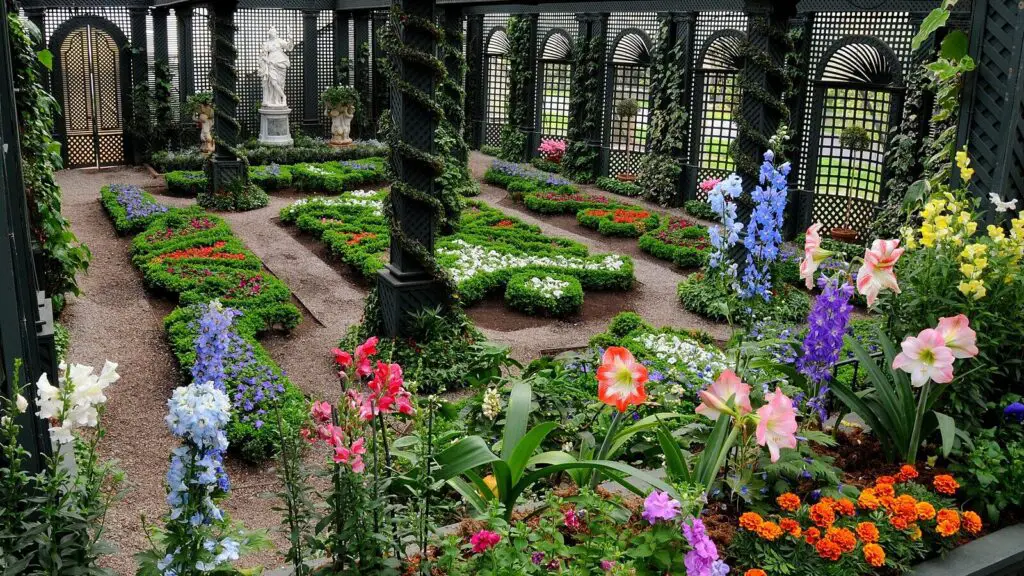
A lush, beautiful lawn can make your home look great, but installing grass that requires constant care or water-heavy landscaping in an area with water restrictions can lead to frustration and high upkeep costs. Many buyers will prefer low-maintenance, drought-tolerant landscaping that doesn’t require frequent care.
9. DIY Electrical or Plumbing Projects
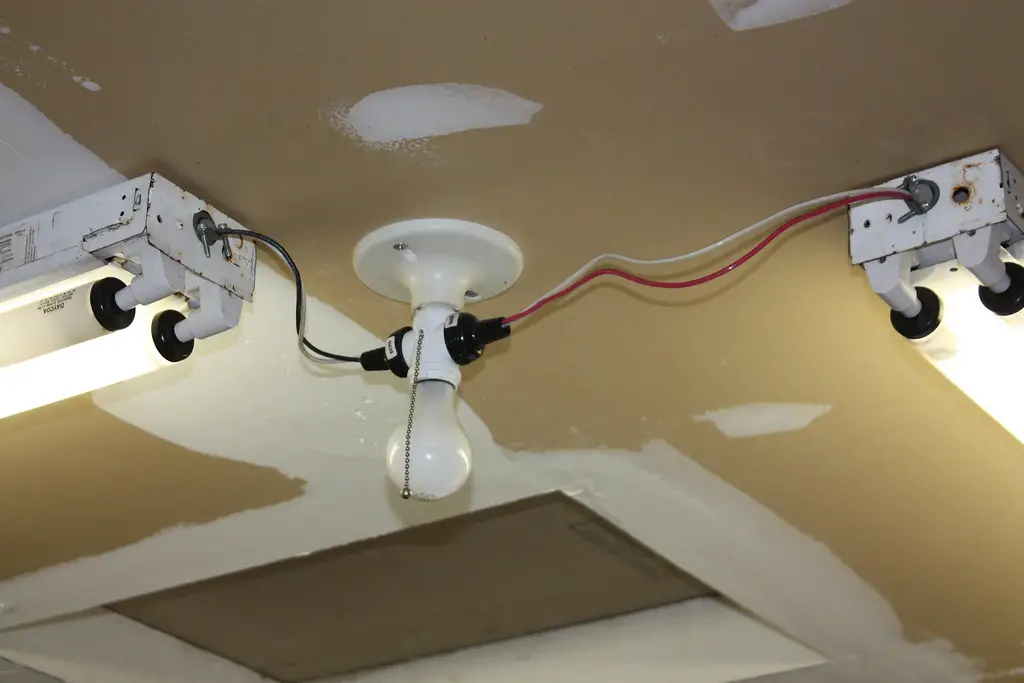
Although DIY renovations can be tempting, trying to handle electrical or plumbing upgrades on your own can lead to serious issues down the line. Poorly executed work could create safety hazards and might require expensive professional repairs, all while not adding value to your home.
10. Unnecessary Open Floor Plans
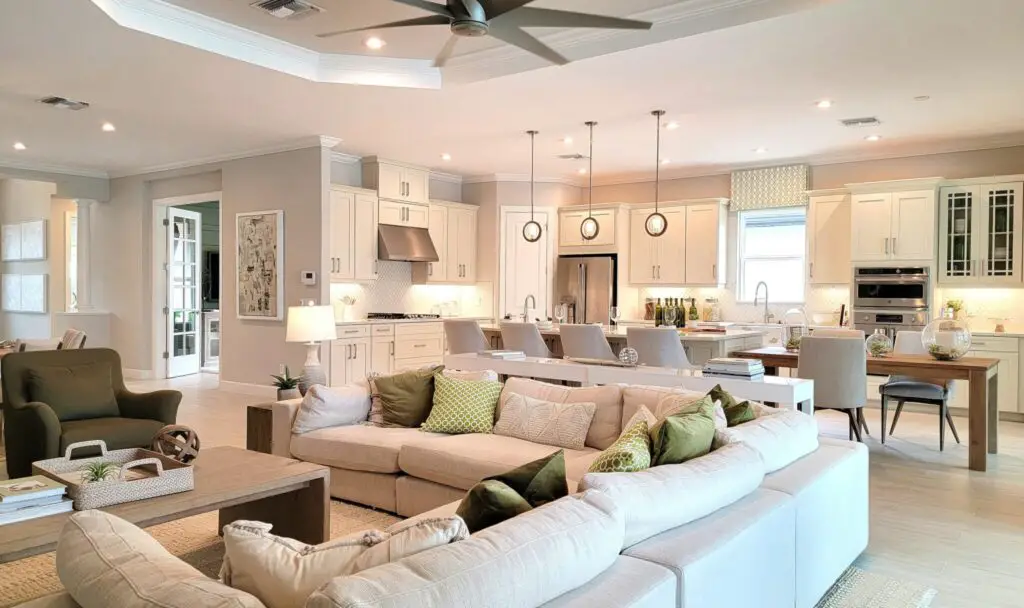
Open floor plans are a popular design trend, but they don’t always suit every family’s needs. If you remove walls to create an open concept, you may lose valuable privacy and functionality, and some buyers might not find it as appealing, particularly those who prefer defined spaces.
11. Adding a Home Theater in a Small Space
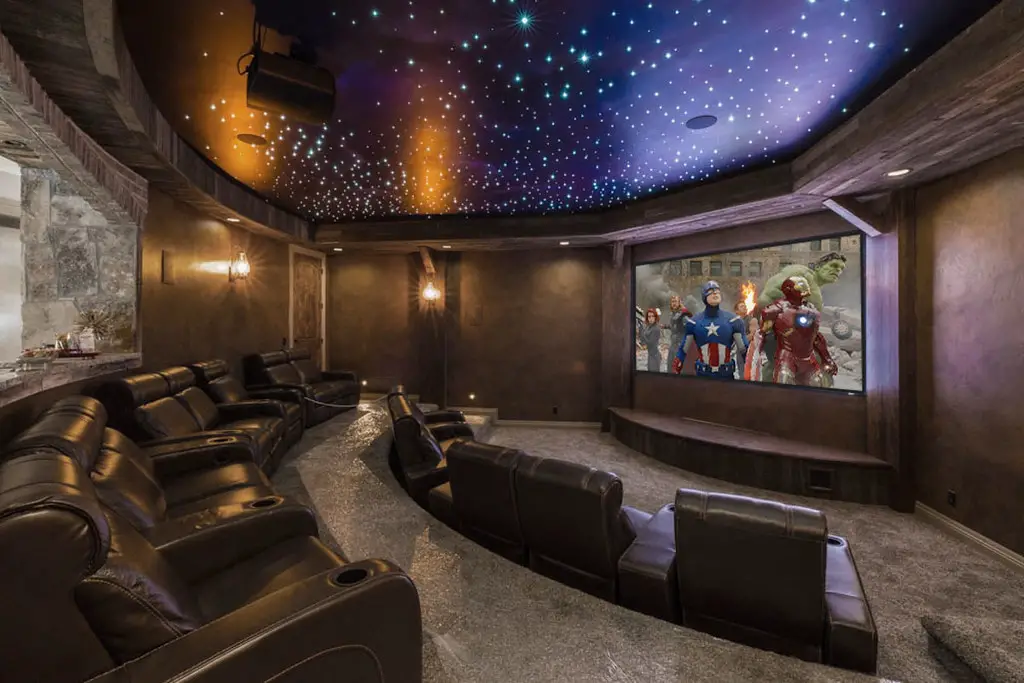
While having a dedicated home theater can sound enticing, it’s often a mistake in a small or modest home. A dedicated theater room can take up too much space and doesn’t always provide the return on investment you’d expect when trying to sell, especially if the room could be better used for a more versatile purpose.
12. Overly Expensive Kitchen Remodels
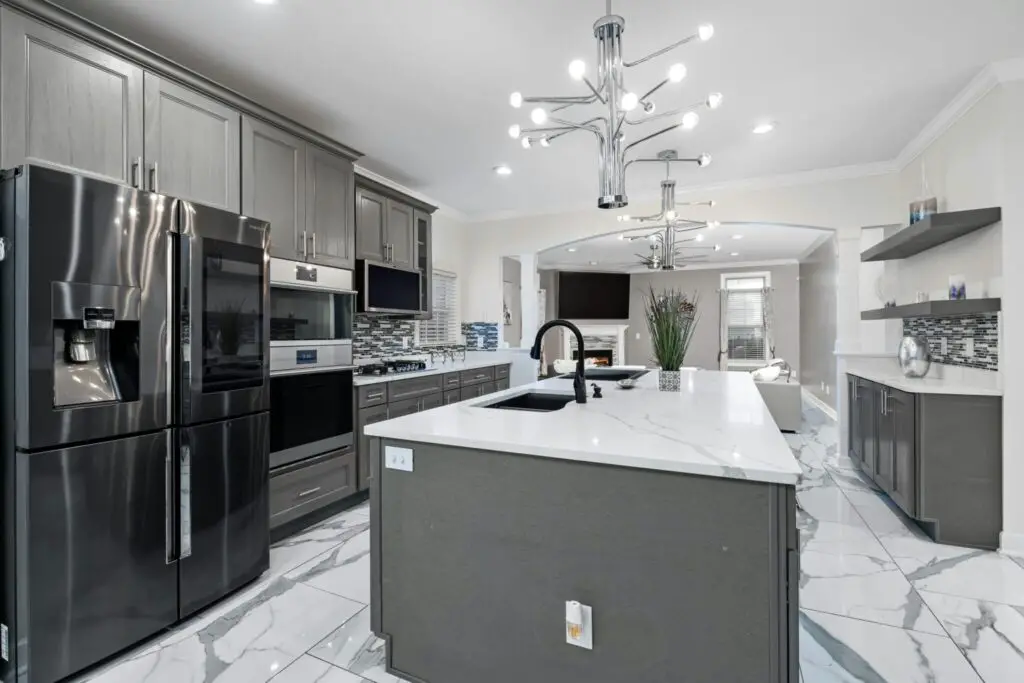
While updating a kitchen can increase the value of your home, going overboard with an expensive renovation might not give you the return on investment you expect. Installing high-end appliances or marble countertops can be beautiful, but they might not appeal to all potential buyers, leaving you with a costly upgrade that doesn’t pay off.
